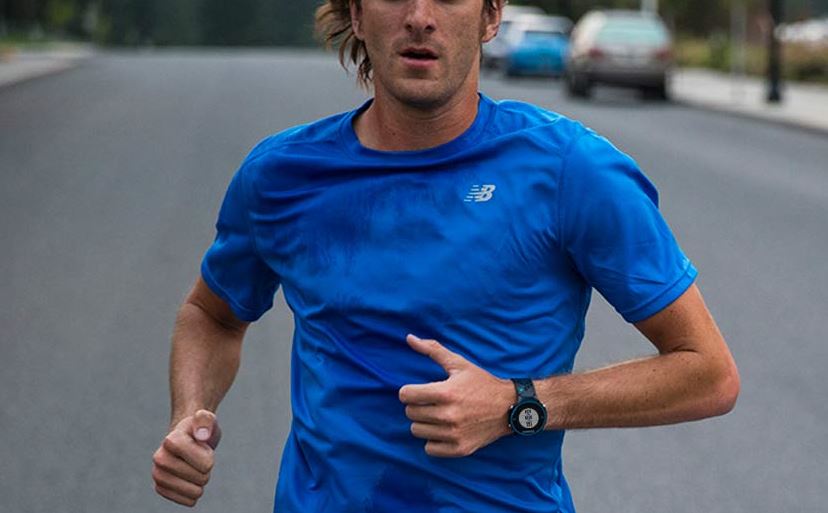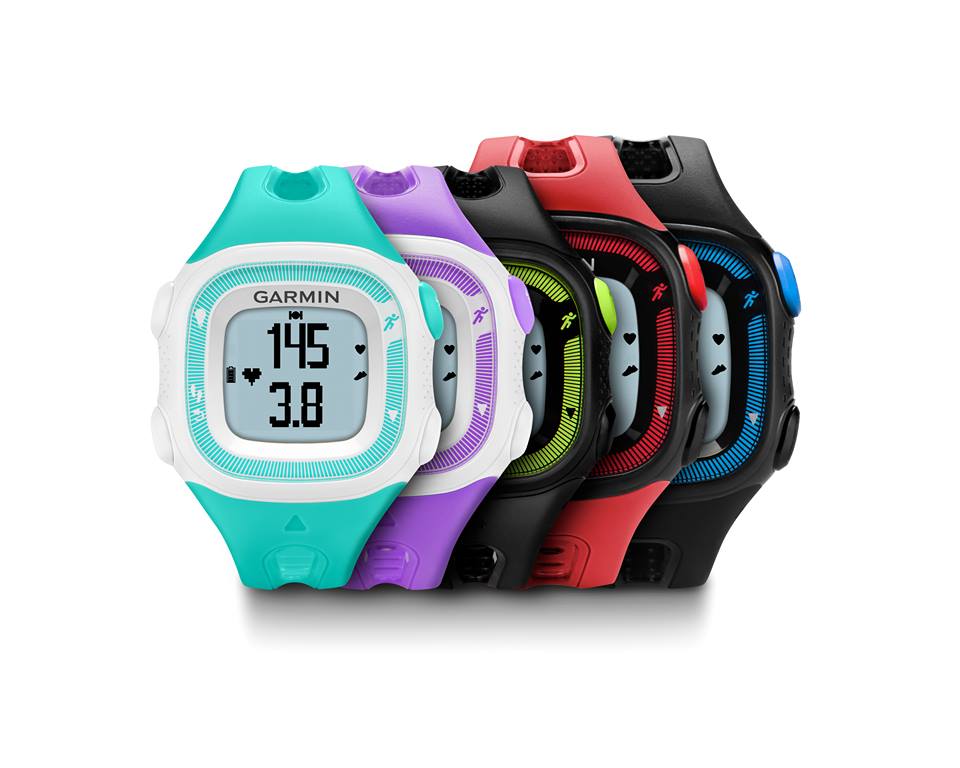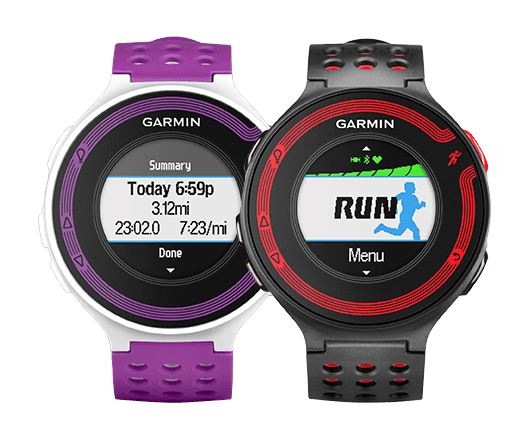Considerations When Buying a Running GPS Watch

When GPS watches were first introduced, they were bulky, heavy, ugly, and incredibly slow in connecting to satellites. They’ve come a long way since then and are now lighter, smaller, sleeker, make faster satellite connections, and come with additional features that will improve your workout.
For over a decade now, Garmin has been leading the way in producing great GPS watches, but now there are more companies introducing their own Running GPS watches like Timex, Polar, Magellan, and TomTom. While Running GPS watches used to be expensive and only available in a limited number of styles, you can now find GPS watches to fit into any budget, with any style you could want, and you can determine which watch is best for you best on the various features it offers. There are a number of factors you have to consider when buying a GPS watch, so ask yourself these questions to help you determine which GPS watch will be best for you.
What will I be using my GPS watch for?
GPS watches can be used to track and map nearly any type of outdoor activity including running, hiking, bicycling, and even skiing and swimming although they are primarily used by runners.
If you want a GPS watch just to track your runs, nearly any one will work for you. However, if you do a lot of swimming, hiking, and bicycling as well, you should consider getting one that has specific features for those activities. Some watches made for hiking have track back technology that can get you back to the starting point of your hike so you don’t get lost, and others have swimming features that can count strokes per lap.
At what level am I?
For beginning or casual runners, tracking a bunch of different parameters such as foot cadence and VO2 max may not be necessary, but for advanced runners and more serious athletes, these statistics are an important part of their training log. If you are looking to take your running to the next level, getting a watch with a few more features and that has downloadable workout plans will help get you there.

What kind of style do I want?
There are a number of different styles and colors of GPS watches available to choose from. If you want a smaller watch that looks like most sports watches, there is the Garmin Forerunner 10. If you’re more concerned about display size and don’t mind a larger watch, there’s the Magellan Switch that can show up to 6 different metrics at the same time.
How much am I willing to spend?
How much you are willing to pay for a GPS will determine what sort of features you get, and if price is the most important factor in selecting a GPS watch, then you can start there and then decide which watch within that price range has the most features that you want.
A budget GPS watch is one that is less than $150. They track the basics of speed, distance, pace, and time. Sometimes you can connect them to heart rate accessories, but many do not have those features. And there are some that can sync with your computer to upload your data and download workout programs, but don’t count on it. These are for people who just want the bare minimum out of their GPS watch.
Mid-range GPS watches are within the $150 to $250 range. They have better battery life than the budget watches, support heart rate monitors and other extra sensors, and can connect to your computer to download different training programs to help you get the most out of your workout. These are for people who want to take their running to the next level but aren’t completely hardcore athletes.
High-end GPS watches start at $250 and go up from there. They can connect with accessories using ANT+ connections and with smart phones using Bluetooth technology. They have even more features and can track more parameters than the mid-range watches, have programmable displays, and you can download advanced workouts onto them. These are for serious runners who are looking to push themselves to be the best they can possibly be.
What kind of features do I need?
There are dozens of features available, too many to discuss individually, but here are some of the main categories that the various features of GPS watches can be divided into.
Hardware features refer to any sensors built into the watch such as the GPS, accelerometers, thermometers, barometric altimeters, and compasses. Most of these are found only on high-end watches. Battery life is also considered a hardware feature.
Data fields are the various types of information that the watch is able to track and record for you. Standard on all GPS watches are distance, time, and pace, but you can also find watches that will monitor your heart rate, cadence, calories burned, elevation, and things like swimming laps.
Memory simply means how much information the GPS watch can store. This is different for nearly every watch, but generally the budget watches can only store a few activities while higher end watches can store dozens of workouts.
Training aids help you become a better athlete with features such as auto pause, auto lap, workout programs, and alerts. Alerts are on many mid-range and most high-end watches and can be set to send you audible or vibration alerts for a number of reasons including when you’ve reached goals, or when you stray outside of a specific heart rate or speed zone.
Syncing your GPS watch to a computer that allows you to upload all of your workout data is an important part of tracking your training and your health. Most GPS watches have this feature, but some require you to do it manually by connecting your watch to the computer, while others will do it automatically over Wi-Fi when your watch is in range of your computer.
Additional accessories like heart rate monitors and foot pods are important training tools that not all GPS watches support. You can also get accessories for your bicycle to track your speed and cadence. If you plan on using these extra accessories, make sure you get a GPS watch that supports them.
Conclusion
Once you’ve settled on what you want and need out of a GPS watch, you can begin searching for the one that’s perfect for you. A GPS watch is so much more than a way to map out where you’ve run. With the right one, it will become a powerful training tool that will help you improve your overall physical fitness, help you achieve your training goals, and make your workouts more fun and interesting.





